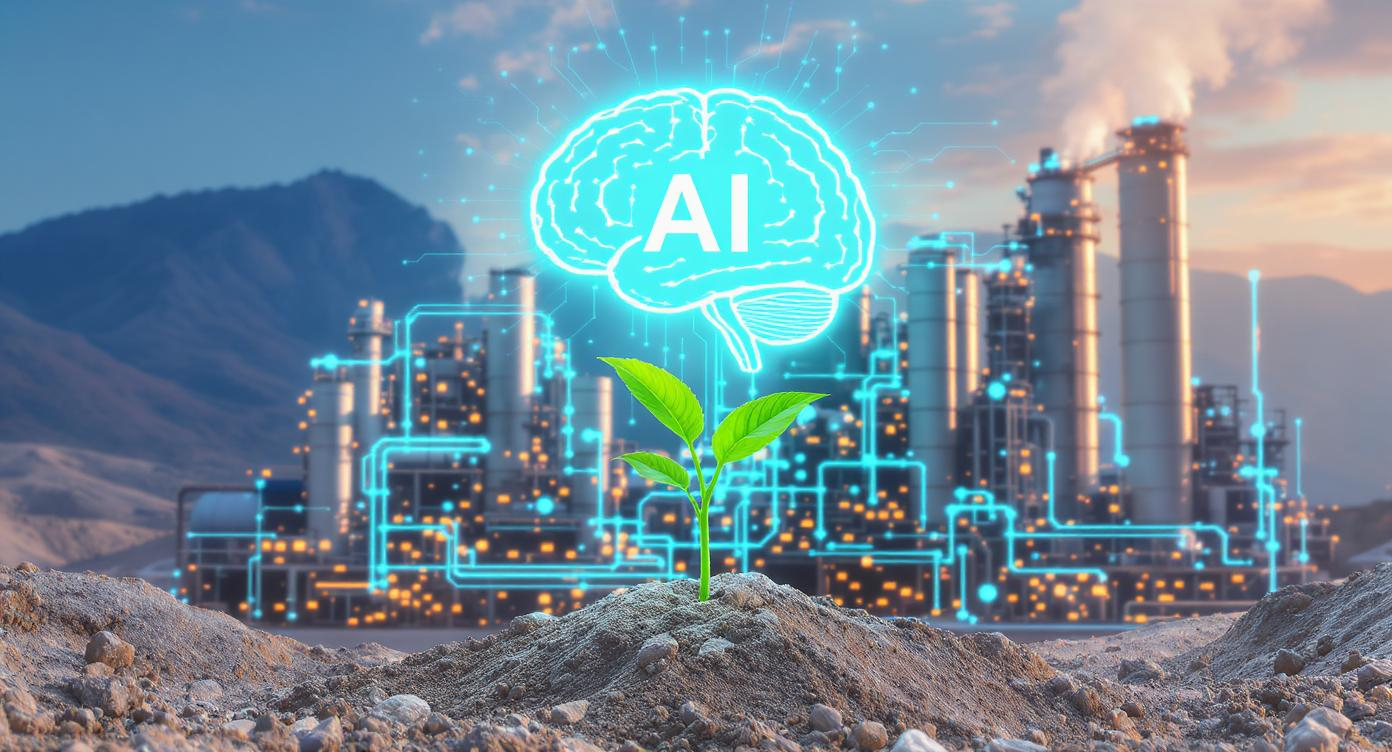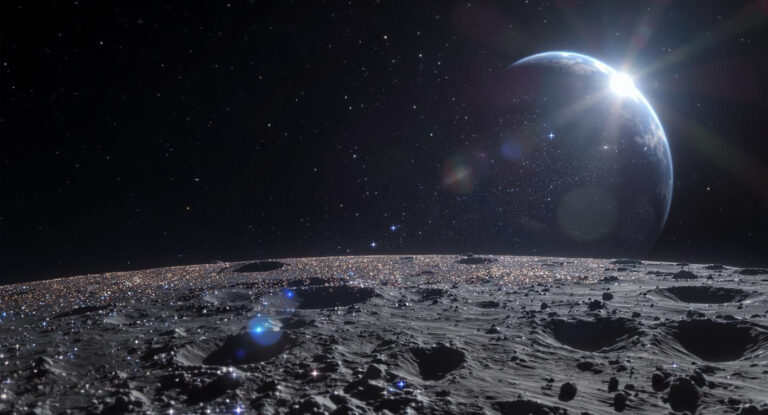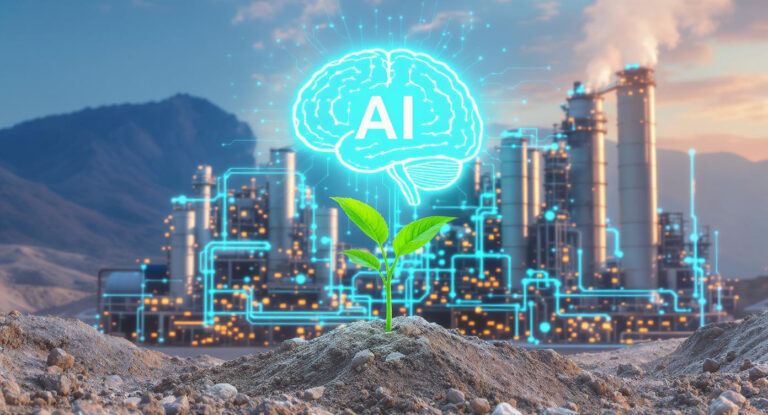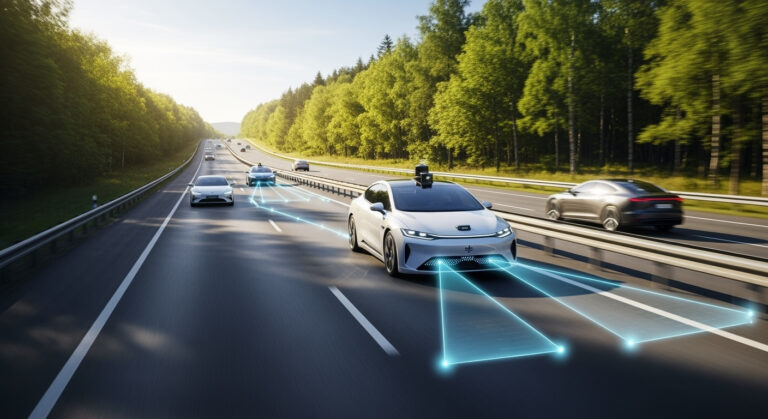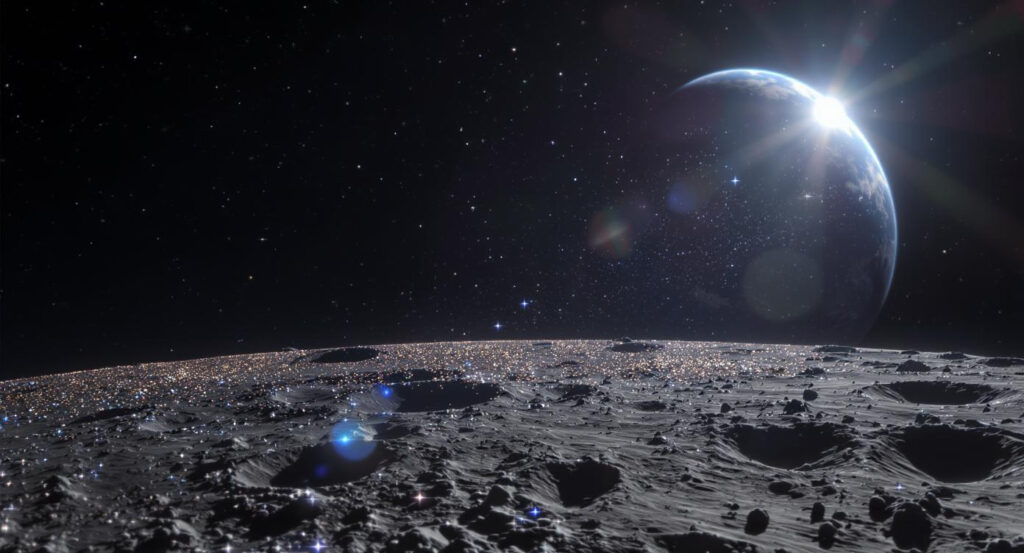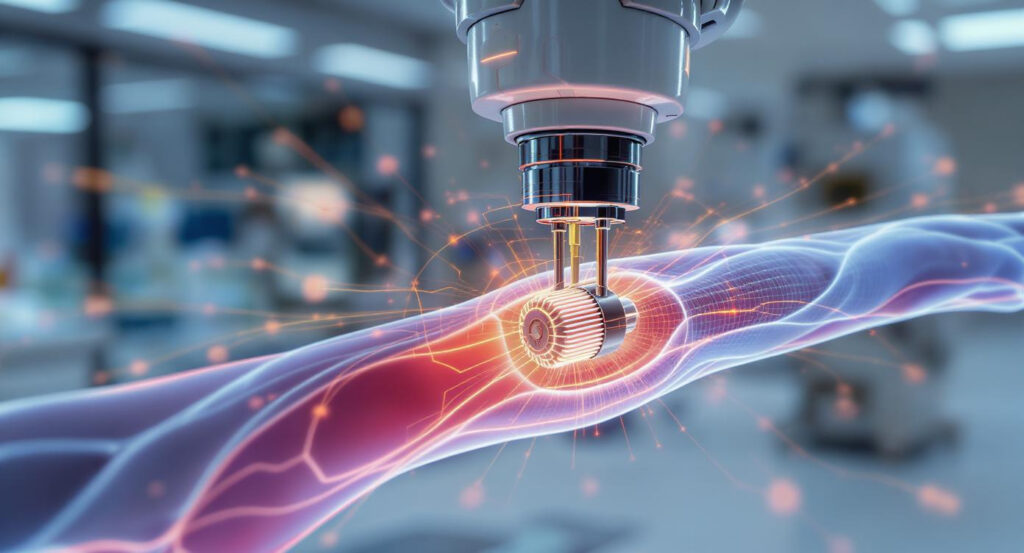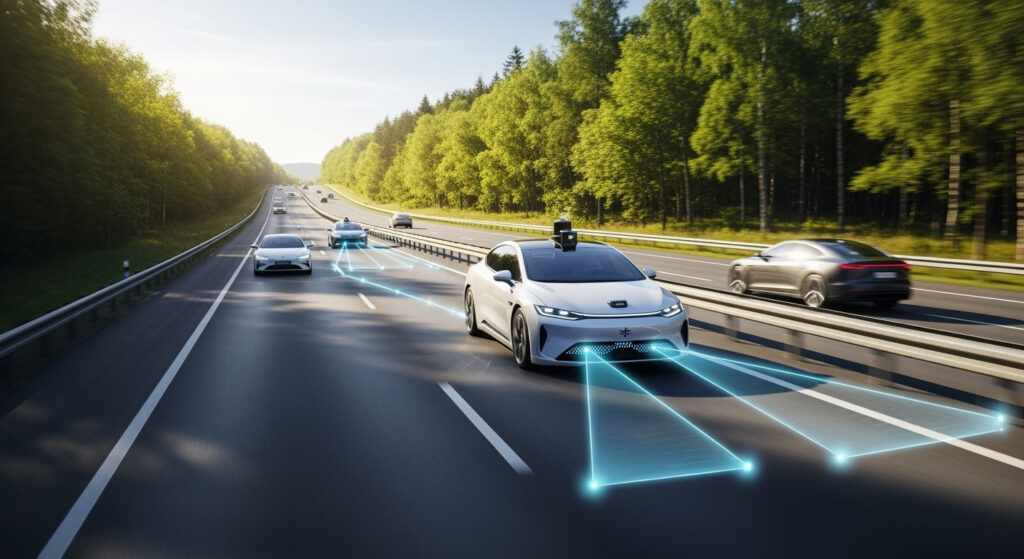What’s the Big Deal About Cement?
Cement might not seem exciting, but it’s everywhere—in sidewalks, buildings, bridges, and homes. It’s the glue that holds our modern world together. But there’s a problem: making cement creates a lot of pollution—about 8% of the world’s CO₂ emissions come from cement production.
Now imagine if we could make cement smarter, cleaner, and more efficient just by using artificial intelligence. That’s exactly what a team of researchers has done.
What They Did
Using two years of data from a real cement factory, scientists built AI models that can predict the exact makeup of cement while it’s being made—something that used to take hours or even days using lab tests.
This prediction focuses on something called clinker, which is the main ingredient in cement. Clinker has different components—like alite, belite, and ferrite—that each affect how strong and durable the final product is. If you get the mix wrong, you waste materials, waste energy, and end up with low-quality cement.
Why It’s a Game-Changer
Before this, factories used an old-school chemistry equation called the “Bogue equation” to estimate clinker quality. But it wasn’t very accurate, especially when things changed quickly in the factory. It was like trying to drive a race car using only yesterday’s weather report.
The new AI models? They’re like a GPS with live traffic updates. They predict what’s happening now, so operators can make adjustments on the fly. That means:
- Less wasted material
- Less energy burned
- Better, more consistent cement
- And most importantly—lower CO₂ emissions
How Good Is It?
Really good. Compared to the traditional method, the AI models are 4 to 10 times more accurate. They even work with fewer data inputs, meaning they can still make great predictions even if some factory sensors go offline.
What’s the Catch?
These AI models don’t do well with extreme or rare events they haven’t seen before. But that’s okay—those events are super uncommon. For normal, everyday factory operations, they work like a charm.
Why This Matters to Everyone
This isn’t just about making better cement. It’s about taking one of the world’s biggest polluting industries and making it cleaner using smart technology. The same ideas could spread to steel, glass, chemicals—anywhere we make things on a large scale.
So the next time you walk on a sidewalk, look at a bridge, or watch a building go up, remember: artificial intelligence might be helping make that world a little stronger—and a lot greener.
Check out the cool NewsWade YouTube video about this article!
Article derived from: Fayaz, S.J., Montiel-Bohórquez, N., Bishnoi, S. et al. Industrial-scale prediction of cement clinker phases using machine learning. Commun Eng 4, 94 (2025). https://doi.org/10.1038/s44172-025-00432-3

